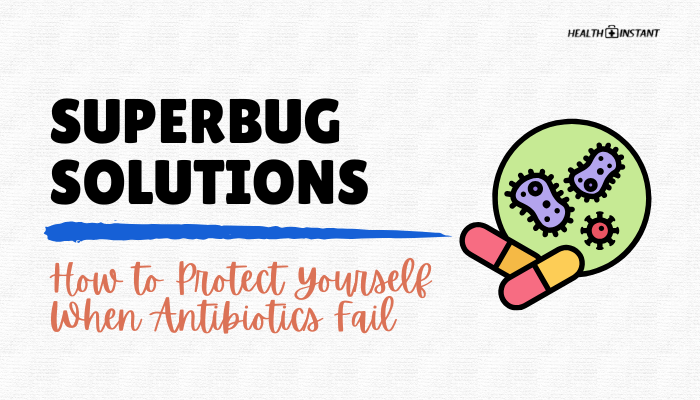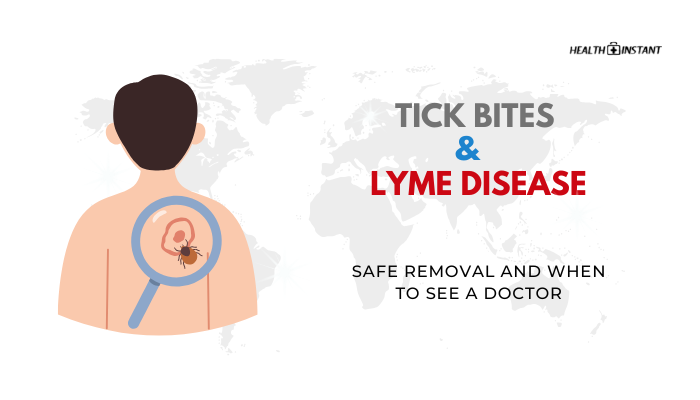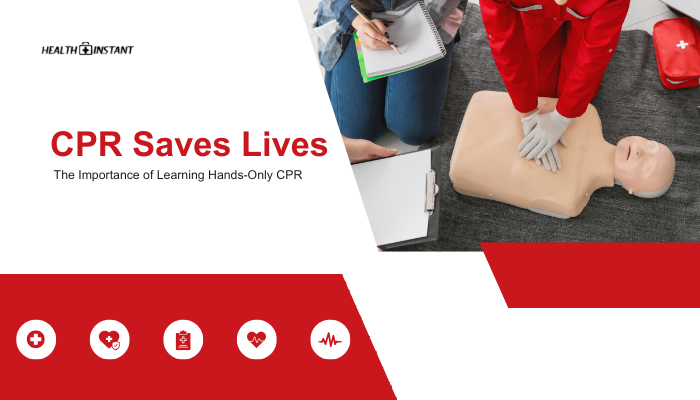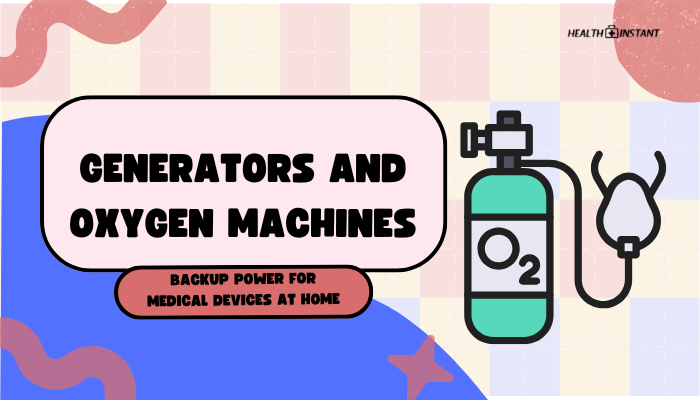Introduction
Superbugs—bacteria and other microbes resistant to multiple antibiotics—pose a rapidly escalating threat. When common infections can no longer be treated by first-line or even second-line drugs, healthcare becomes more complicated and costly, hospital stays lengthen, and outcomes worsen.
Yet, it is not just hospitals that see superbugs: they can arise in communities, agricultural settings, and nearly anywhere selective pressure for resistance exists.
This article focuses on practical ways individuals, families, and communities can protect themselves when antibiotics fail. It explores personal preventive measures, cutting-edge alternative therapies, and the broader societal shifts needed to preserve our ability to fight infections.
By understanding these strategies, we can help shape a healthier, more resilient future—one less vulnerable to superbugs.
The Rise of Superbugs
Bacterial pathogens like MRSA (Methicillin-Resistant Staphylococcus aureus), CRE (Carbapenem-Resistant Enterobacteriaceae), and multi-drug-resistant Pseudomonas have spread in hospitals and communities worldwide.
Overuse of antibiotics in human medicine, agriculture, and veterinary care has accelerated the evolution of these organisms. Even routine procedures, such as surgeries or chemotherapy, rely on effective antibiotics to prevent infections—threatening these practices if superbugs continue to spread unchecked.
Public health efforts increasingly emphasize a “One Health” approach, recognizing that human, animal, and environmental ecosystems intertwine. From farmland antibiotic use to hospital stewardship protocols, each link in the chain influences the risk of resistant microbes.
Why Traditional Antibiotics Fail
Antibiotic resistance arises through natural selection: microbes mutate or acquire resistance genes via plasmids and other mobile genetic elements. Over time, partial or improper antibiotic use kills susceptible bacteria but leaves resistant strains to flourish. Once a pathogen becomes resistant, doctors must turn to alternative, often more toxic or expensive treatments. Some key factors behind failing antibiotics:
- Repeated Exposure: Continuous use of the same antibiotic classes in both humans and livestock fosters adaptive mutations.
- Global Mobility: Travel, trade, and medical tourism spread resistant strains across borders.
- Limited Drug Pipeline: Pharmaceutical companies face economic hurdles in developing new antibiotics, leading to fewer novel options.
Infections that once required a simple pill might demand intravenous combinations or alternative therapies. The good news: we can slow or reverse this trend by adopting responsible practices, exploring new treatments, and strengthening healthcare systems.
Personal and Community Defense Measures
Hand Hygiene and Respiratory Etiquette
One of the most straightforward ways to combat superbugs is through rigorous hygiene:
- Frequent Handwashing: Use soap and water, scrubbing for at least 20 seconds. Hand sanitizer helps when soap is unavailable.
- Proper Coughing/Sneezing: Use your elbow or tissues to cover your mouth, minimizing droplet spread. Dispose of tissues immediately and wash hands afterwards.
Smart Antibiotic Use
Avoid pressuring doctors for antibiotics if dealing with viral infections like colds or flu. If antibiotics are prescribed, follow instructions meticulously—never skip doses or stop early unless advised by a medical professional.
Nutrition and Probiotics
A well-balanced diet and adequate hydration bolster immune function, helping you fight off infections naturally. Probiotic-rich foods (e.g., yogurt, kefir, sauerkraut) support gut flora balance, though they are not a standalone solution for superbug infections.
Vaccinations and Preventive Care
Vaccines drastically reduce infection rates for diseases like pneumococcal pneumonia or influenza. By preventing initial illnesses, you minimize antibiotic demand and reduce the risk of breeding resistant strains. Regular check-ups help catch issues early, so conditions needing antibiotics might not escalate.
Alternative Treatment Approaches
With antibiotic efficacy waning, researchers and doctors explore novel or rediscovered therapies.
Phage Therapy
Bacteriophages (viruses that infect bacteria) can target specific pathogens without harming beneficial microbiota. Phage therapy has shown success in compassionate use cases, though standardization and regulation remain challenging.
Immunotherapy and Monoclonal Antibodies
Instead of attacking bacteria directly, some treatments aim to boost the patient’s immune response. Monoclonal antibodies neutralize bacterial toxins or help the body clear infections more effectively.
Anti-Virulence Strategies
Rather than killing bacteria outright, these interventions reduce bacterial ability to produce toxins or form biofilms. This approach places less selective pressure for resistance. Compounds that block quorum sensing or adhesion factors exemplify this strategy.
Herbal Remedies and Natural Compounds
Certain plant extracts exhibit antimicrobial properties. Research is ongoing into using compounds like honey, garlic, or essential oils to support infection treatment. While these may offer supportive benefits, they are generally adjuncts, not complete alternatives to medically validated therapies.
Hospital and Healthcare Innovations
Stricter Infection Control Protocols
Hospitals increasingly adopt robust protocols to minimize cross-transmission of superbugs:
- Isolation of Infected Patients: Private rooms or cohorting ensures fewer opportunities for hospital-acquired spread.
- Contact Precautions: Staff wear gowns, masks, and gloves when dealing with at-risk patients.
- Thorough Cleaning: Surfaces, instruments, and patient areas are regularly disinfected, using advanced solutions or UV sterilization.
Rapid Diagnostic Tools
Speedy identification of resistant bacteria helps clinicians choose effective treatments faster, sparing patients from ineffective antibiotic regimens. Molecular-based tests like polymerase chain reaction (PCR) or MALDI-TOF mass spectrometry can detect pathogens and resistance genes within hours.
Isolation Wards and Cohorting
Grouping patients carrying similar resistant strains prevents them from transmitting infection to the wider hospital population. Combined with thorough staff training on compliance, these specialized wards help break the chain of infection.
Role of Technology and Research
AI in Drug Discovery
Artificial intelligence can analyze vast chemical libraries, modeling potential molecules against known resistance mechanisms. This approach might yield new antibiotic scaffolds or repurpose existing ones more effectively.
Genomics and Personalized Medicine
Genome sequencing of pathogens allows for precise mapping of resistance genes. Healthcare providers can tailor therapy based on a pathogen’s genetic profile, selecting a targeted antibiotic or combination therapy to maximize success.
Vaccine Development Pipelines
Along with antibiotics, developing vaccines for bacterial infections reduces the need for drug-based treatment. Vaccines for staphylococcal or gonococcal infections, if successful, could dramatically lower antibiotic usage and reduce resistance development.
Public Policy and Community Involvement
Stronger Surveillance and Reporting
National and global systems must track resistant infections. Agencies like the WHO, CDC, and ECDC analyze data, coordinate responses, and publish guidelines. Transparent, timely reporting fosters international cooperation, ensuring emerging superbugs do not flourish unseen.
Educational Campaigns
Public health messages about antibiotic stewardship, hygiene, and vaccination help shift behavior. Encouraging patients to trust healthcare professionals—rather than expecting antibiotics for every ailment—challenges the cultural norms fueling overprescription.
Supporting Research and Funding
Governments and philanthropic organizations can incentivize antibiotic R&D through grants, market entry rewards, or innovative funding models. Ongoing investment ensures breakthroughs in therapies, rapid diagnostics, and vaccines.
Mental and Social Dimensions
Chronic or recurrent resistant infections can take a toll on mental well-being, causing anxiety, isolation, or depression. Stigmatization of carriers of certain superbugs (like MRSA) also occurs. Education helps counter misinformation, ensuring patients receive compassion and the medical and emotional support needed.
Practical Tips for Individuals and Families
- Check Immunizations: Keep up to date on recommended vaccines (pneumococcal, influenza, etc.) to prevent infections.
- Use Antibiotics Only as Directed: Never use another person’s prescription or leftover antibiotics.
- Personal Hygiene: Wash hands frequently, especially after bathroom use or before preparing meals. Cover wounds properly.
- Food Handling: Thoroughly cook meats and sanitize cutting boards to reduce potential antibiotic-resistant bacteria from animals.
- Travel Safely: Observe local hygiene guidelines, consider prophylactic vaccines if heading to high-risk areas, and avoid questionable medical procedures abroad if possible.
- Monitor Health Changes: If an infection worsens or fails to respond to standard treatments, seek professional advice early.
Conclusion
Antibiotic resistance is a slow-burning emergency, challenging the foundation of modern medicine. While the crisis is grave, hope lies in proactive measures—from personal hygiene and judicious antibiotic use to robust healthcare policies and innovative research. Together, communities and institutions worldwide can foster sustainable antibiotic stewardship and adopt cutting-edge tools to contain superbugs.
Each individual’s cautious approach—completing antibiotic courses, staying informed about alternative therapies, and supporting vaccination—helps ensure life-saving antibiotics remain effective. Ultimately, preserving these essential medicines demands not just technology or funding, but a shared commitment to responsible action and the public good.
References
- O’Neill J. (2016). Tackling drug-resistant infections globally: final report and recommendations.
- World Health Organization. (2019). No time to wait: securing the future from drug-resistant infections.
- CDC. (2020). Antibiotic resistance threats in the United States.
- Laxminarayan R, et al. (2020). Access to effective antimicrobials: a worldwide challenge. Lancet.
- Tamma PD, Cosgrove SE, Maragakis LL. (2012). Combination therapy for treatment of infections with gram-negative bacteria. Clin Microbiol Rev.
- Golkar Z, Bagasra O, Pace DG. (2014). Bacteriophage therapy: a potential solution for the antibiotic resistance crisis. J Infect Dev Ctries.
- IACG (Interagency Coordination Group on Antimicrobial Resistance). (2019). Recommendations to Combat Antimicrobial Resistance.
- FDA. (2021). Combatting antibiotic resistance with novel approaches: FDA perspective.
- WHO. (2020). Global action plan on antimicrobial resistance progress report.







